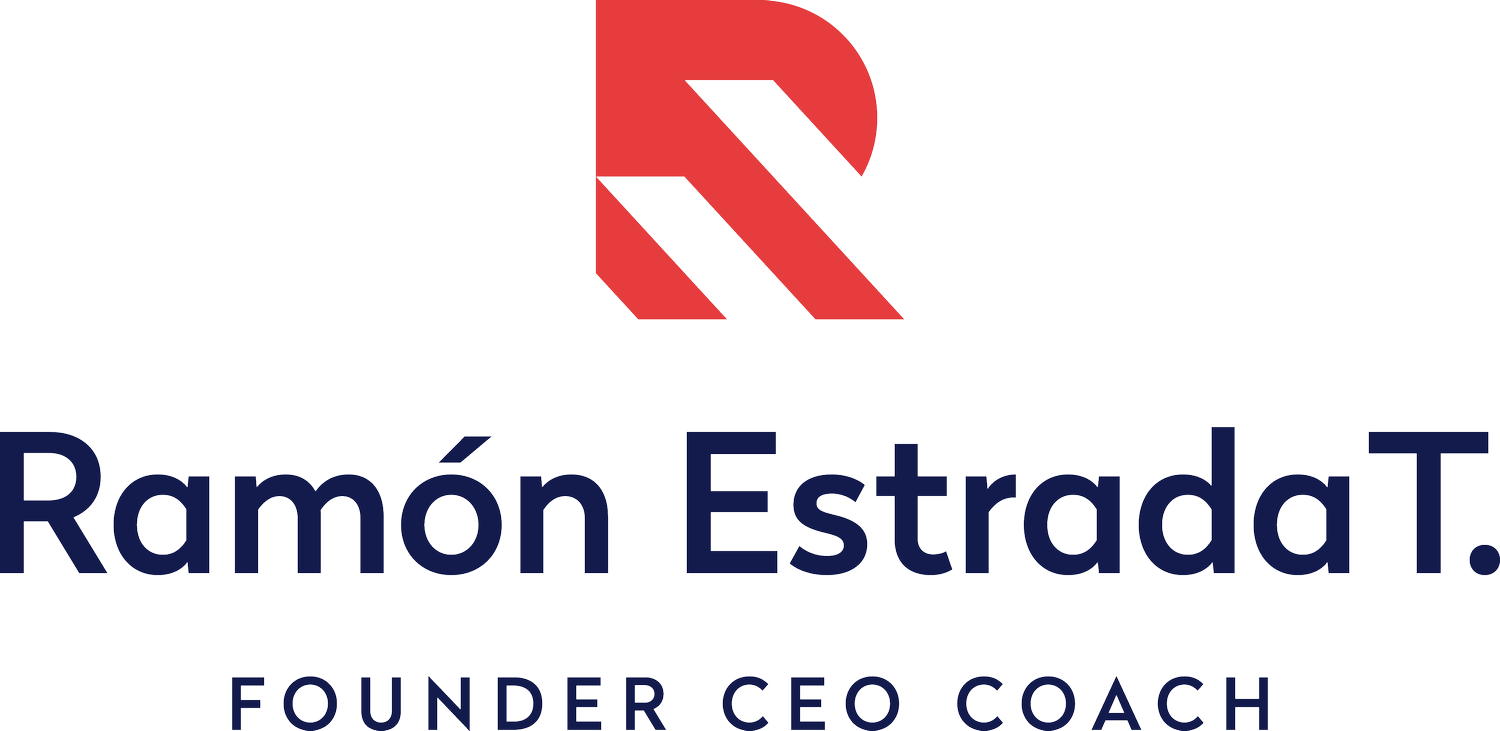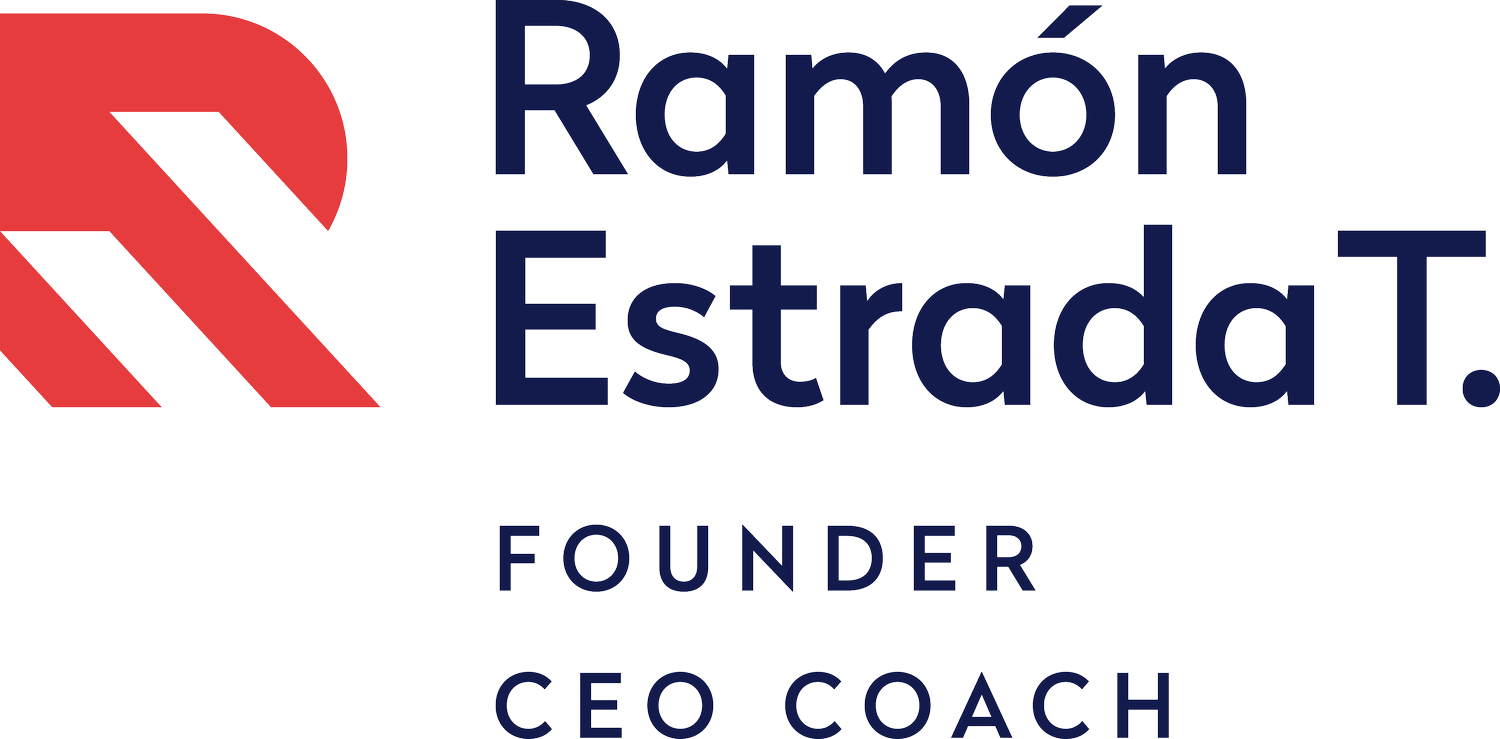The Three Top Leadership Qualities
If you are reading this blog post, you’re probably in your path to becoming an authentic leader and developing the leadership skills that the 21st-century requires. Yet you will discover that triggering motivation within your team and building trust in the workplace requires showing your uniqueness, your wounds, your values, and everything that makes you human, even mistakes. You will need to look into your own heart to see what is your ultimate life purpose and how this project is contributing to it, and how can you spread it to others. And, believe it or not, vulnerability will help others follow you into your dream.
Prioritizing vital values, like trust, putting people first, and having a purpose that goes beyond your own benefit will make others resonate with your vibration and your goals and therefore, be motivated.
In this blog post, I will share with you the three top leadership qualities and explain how to achieve each one of them in order to guide your team towards success. I can guarantee you that if you focus on developing these qualities, they will lead you to your goals in a faster, easier way.
Authenticity
Authenticity before trust
The fist leadership quality is authenticity. For your team to be effective, you need trust, and for trust, you need authenticity. But it all starts the other way round:
Authenticity —> Trust —> Motivation = Effectiveness
In our personal lives, we don’t want people to pretend that they care, or to put a meticulous yet fake show of caring, that’s where authenticity comes in. We want them to honestly care for us and for that to shine through we need to have an higher purpose that goes beyond your own needs.
A company based on solid values that come from this inner, higher purpose will definitely result in an authentic team with higher and stronger drives. This will develop trust within the team. However, when a company starts growing, it gets increasingly harder to trust everyone, every boss, every colleague. A workplace is a community — and community building rules apply. Beware of using the “family” metaphor for describing your company — not every family is a happy family. Many people don’t have positive experiences in their family dynamics. Let your company create its own dynamics, hopefully, healthier, of shared autonomy, mastery, and purpose.
Trust
Building trust requires an adequate space
Okay, you have achieved authenticity and that is already fostering trust, now you just have to keep encouraging it. But how? Sometimes the problem is that there’s no space, neither a space in time nor a physical space. Consider these questions:
Is there a physical structure to meet people, such as a common room or a shared kitchen?
Is there a moment in the day when everyone is there?
Are there scheduled activities to mingle informally?
Is the exchange of information possible and encouraged?
Remember that a true leader creates more leaders. How does your company make this possible? If you don’t strategically change the way your company works, just putting in more effort might be useless. Revise your work space and reflect on whether it encourages connection and cohesiveness.
Great, now you have achieved two out of the three top qualities of successful leadership, now let’s move on to the last one but not less important.
Motivation
Autonomy, mastery, and purpose
Autonomy, mastery, and purpose are three basic principles for motivation, made famous by Dan Pink. You can read his book, Drive, The Surprising Truth About What Motivates Us or you can also watch his excellent TED talk, The Puzzle of Motivation, here: https://www.ted.com/talks/dan_pink_the_puzzle_of_motivation/transcript?language=en). In this hugely successful talk (it has been viewed more than 24 million times counting only the streams at ted.com) he posits that the three elements of intrinsic motivation are:
Autonomy, or the desire to be self-directed;
Mastery, or the urge to improve what matters to us;
Purpose, the feeling that what we do transcends our own life.
Pink argues with hard scientific data that once a person’s basic needs are off the table, adding money as an incentive is only useful for repetitive, one-solution-only tasks like they used to be in the 20th century. But when you want to motivate people in the 21st century to solve problems that require creative, out-of-the-box thinking, then adding monetary incentives to the mix is counterproductive. You want people to stop worrying about money and start caring about the work, so think of the parts of the job that are helping them grow as individuals. Are the motivators there? If not, how can you create them?As you can see, everything is connected. If you work on authenticity by defining our inner purpose and values, and work with people who shares them, you will foster trust. If you foster trust and create the adequate space to build it, you can now move on to work on the three principles of motivation. Having all these qualities within your workplace will definitely help you align your team and achieve goals faster.


